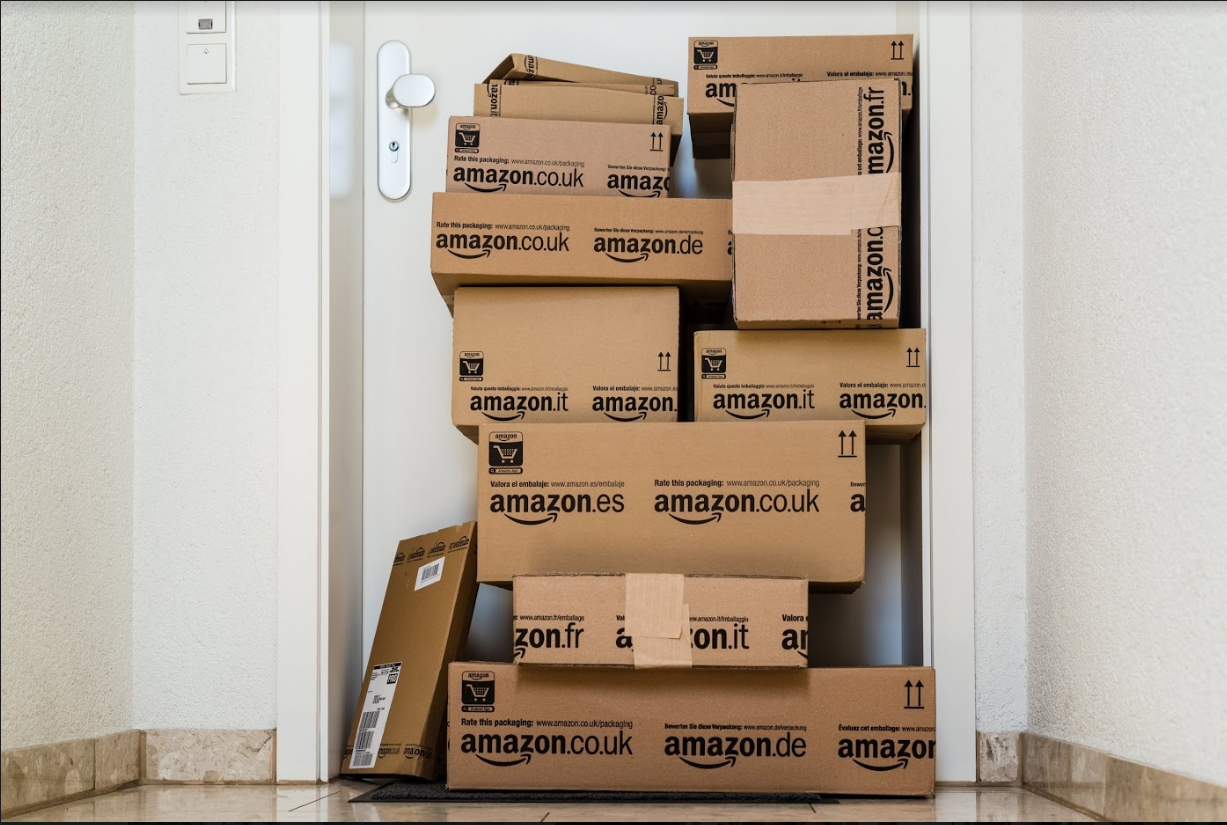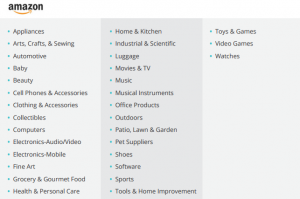Utilizing Sponsored Products on Amazon in Q4

With Q4 rapidly approaching, Amazon will soon be inundated with an influx of traffic as the holiday season closes in. The nearing months can be one of the most frantic, but promising, intervals of the year for Marketplace sellers. Understanding how to best utilize Sponsored Products on Amazon can be pivotal for a strong finish in 2016.
As the Marketplace continues its ascension in popularity, simply using Sponsored Products isn’t enough. Fine-tuning your approach to Sponsored Products for Q4, and the rest of the year, is central in ensuring your business maintains a zealous position amid rising competition.
There are millions of sellers offering a multitude of products in just about every category on the Marketplace. Sponsored Products on Amazon serve as a way of filtering through competition and increasing the visibility of the products you want featured.

For any given product, there can be hundreds of pages of organic search results. Being listed early in these pages is far from guaranteed; and the reality of it is that shoppers rarely go that deep into organic search results. Sponsored Products on Amazon give your products a fighting chance to be seen; despite where they rank organically.
The foundation of the Sponsored Products platform is built on the pillars of the pay per click (PPC) model. The program boosts product visibility when shoppers search for keywords that have been bid on.
These ad types are homed on the right rail of the Amazon SERP, at the top and bottom of the SERP, and on product detail page carousels. Additionally, Sponsored Products are currently displayed in all of the following categories:

Campaigns can be structured to support a number of different objectives. Whether you’re rolling out a new product line or something more holiday-oriented, such as featuring seasonal items, Sponsored Products on Amazon can be designed to match your business’ intent.
In the design of a campaign, sellers will need to establish the parameters of their budget, determine what duration the campaign is going to run for, and which products will be featured.
Sponsored Products on Amazon are fairly in-depth and developing an initial understanding of where to begin can be an uphill battle for sellers looking to amplify return in Q4.

When constructing a campaign, sellers have the ability to build out Automatic or Manual campaigns. Understanding the intricacies of each is a pivotal first step in maximizing the value derived from the formats offered.
From the jump, building out an Automatic Campaign – also known as Automatic Targeting – is a pretty straightforward process.
Within the campaign manager, you’ll name the campaign, set your budget, establish start and end dates, and select the Automatic Targeting option. Your campaign’s framework has now been set and you can create ad groups.
After naming ad groups, setting the maximum bid, and selecting the included product SKUs, Amazon will then automatically appoint all relevant customer search keywords for displaying your ads.
Content is key in designing Automatic Campaigns. Within your content, any and all relevant keywords you have – title, bullet points, product description, or back end information – all of it is used by Amazon to determine relevancy for ad display.
Setting up a Manual Campaign, or Manual Targeting, falls along the same vein of creating an Automatic Campaign.
You’ll establish the same variables, such as naming the campaign, setting the budget, and establishing durations. You’ll also have the same ad group settings, such as maximum bid adjustments and product SKU selections.
The biggest contrast to take note of in Manual Campaigns is that, unlike Automatic, targeting is based on distinct keywords selected during campaign creation.
Amazon does not automatically designate relevant customer search queries for ad display in Manual Campaigns. Advertisers will have to manually select the appropriate keywords that will prompt the display of their ads.
A notable oversight Marketplace Sellers often fall victim to is ignoring harvested data or failing to maximize the value that can be procured from it.
Whether you’re a seasoned seller releasing a new product line or if this is your business’ first foray into Sponsored Products on Amazon, determining how well certain items perform in the Marketplace is paramount.
As Automatic Campaigns run, garnered data will act as an underpinning for Marketplace performance. You’ll be able to analyze results and measure the success of different SKUs, enabling you to proficiently adjust and optimize accordly without falling victim to product selection bias.
It’s easy to guess what search terms shoppers may be using, but it’s impossible for sellers to hypothesize exactly how products are being sought out.
Because of this, one of the most valuable components of Automatic Campaigns come from the data accumulated in the Sponsored Products Search Terms Report.
Harvested data will give sellers a better understanding of which keywords are being used by shoppers to search for and purchase products. Using this data to adjust product information is critical in turning impressions into conversions.
One of the most common mistakes sellers in the Marketplace make with Sponsored Products on Amazon is in campaign usage.
Once a set of data has been harvested from Automatic Campaigns, businesses tend to transition toward exclusively running Manual Campaigns. These campaigns are often seen as one versus the other, when the reality of it is that both campaign types are best used in conjunction with one another.
“This is a big mistake that we often see,” said Leo Carrillo, a Marketplace Channel Analyst at CPC Strategy.
“Retailers harvest data, transition to Manual Campaigns, and stop running Automatic. A lot think it’s a waste of money, but it’s not. It’s an investment in valuable data.”
Harvested data from Automatic Campaigns should be used to set up, refine, and continuously update and improve your Manual Campaign strategies.
“Keep them both running. The Automatic Campaign will continue to garner sales and data, and that’s going to continue to help optimize your Manual Campaign.”
The landscape of the Marketplace is constantly changing. Shopping behaviors and patterns are never idle, and adjusting your campaign strategies as they do is arguably the most important constituent to success with Sponsored Products on Amazon.
“There might be keywords popping up that are extremely relevant that you weren’t aware of. You’ll be able to see what’s irrelevant too. If a common keyword keeps popping up, but isn’t resulting in conversions, it’s just driving up your ACoS. That should be a signifier to add that as a negative keyword.”
“Tactics like this are how you can optimize your campaigns to make sure spend isn’t going to waste.”
Keyword data isn’t the only element to be aware of when looking at shopping behaviors, either. Seasonality is a building block of the retail industry. Consumer interests change as current events and popular trends emerge.
“Look at something like the Olympics. Say you’re running a campaign on gym equipment. Depending on what the games are showing, a lot of relevant equipment may be selling more than it would normally because of it.”
“Being aware of these types of trends is important. Now, you can go in and create campaigns that are more granular to what may be causing certain shopping habits.”
If you’re selling on Amazon, using the Sponsored Products program should be far from an afterthought, especially with the holiday season right around the corner. It gives your products visibility, boosts your organic ranking, and most importantly, acts as a competitive tool in a competitive marketplace.
For more information about Sponsored Products on Amazon, please contact [email protected]
